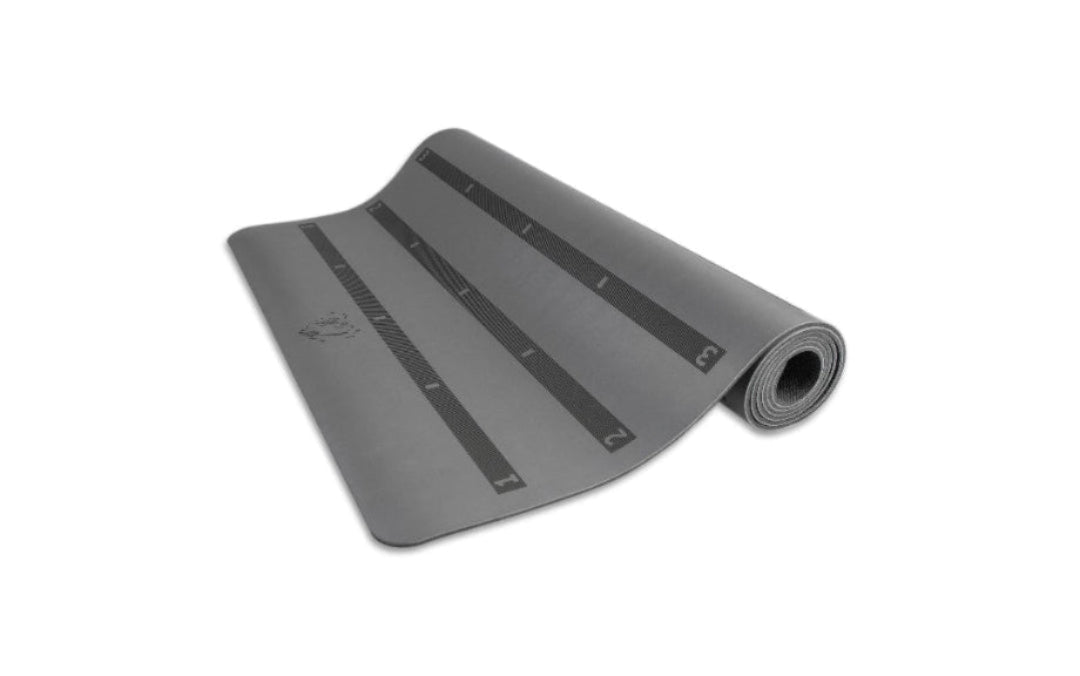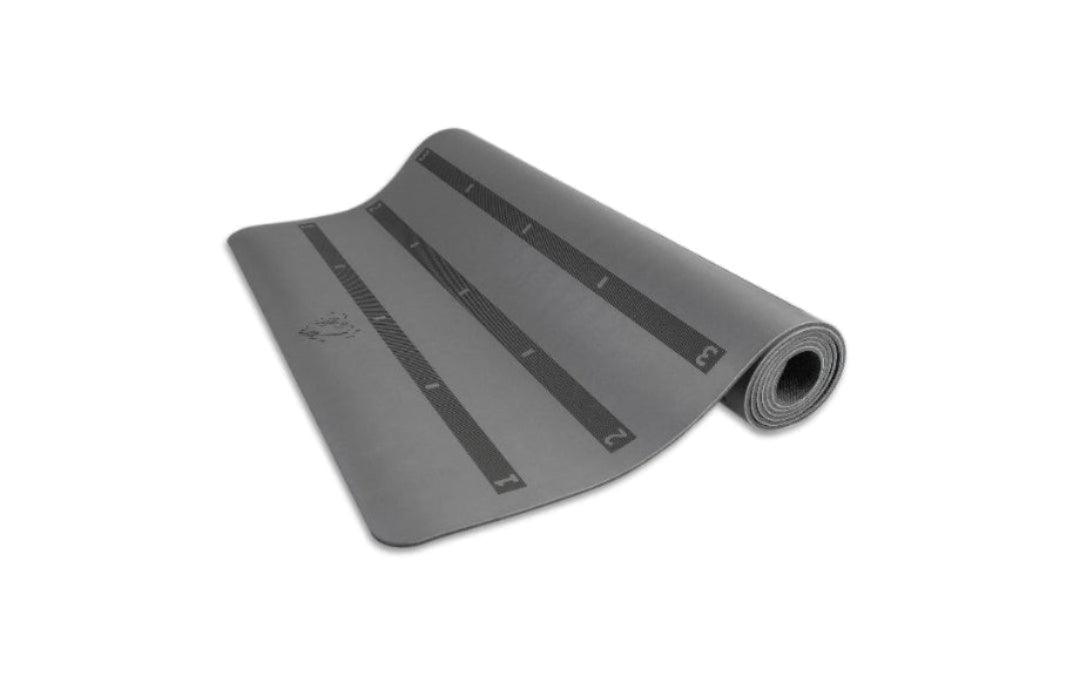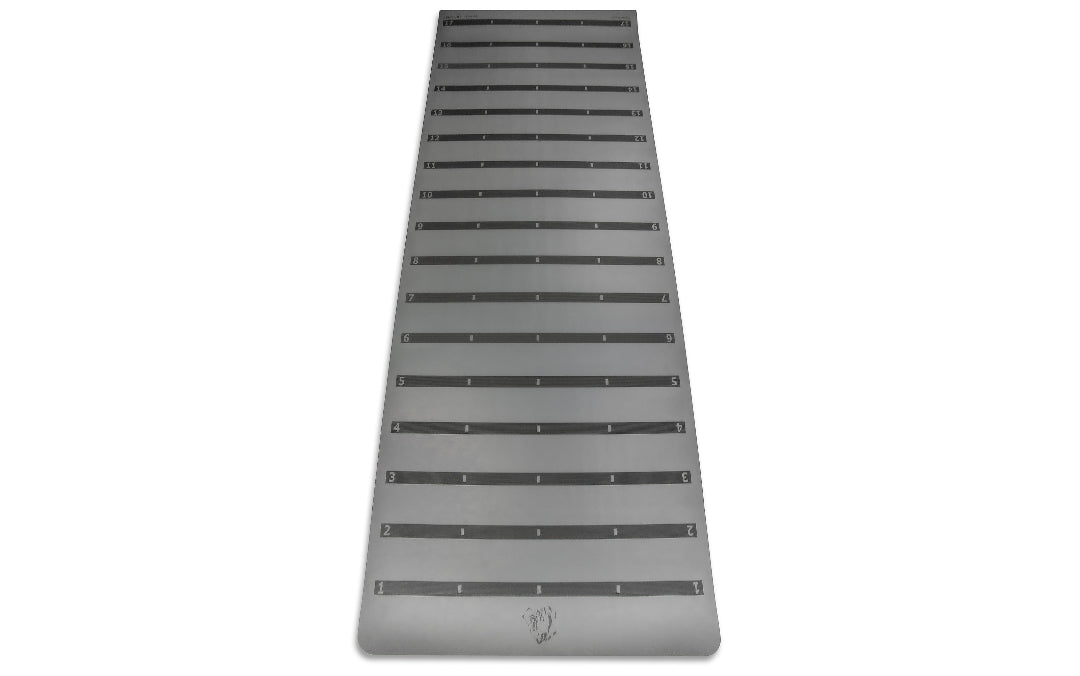In Part 1 of this blog series, we established the effectiveness of suspended exercises and how tools like the Tyger Mat make intensity measurable through strategic foot or hand placement. Now that we've covered the science and standing variations, it’s time to explore what comes next: prone and supine exercises, balance-based intensity shifts, and long-term programming to ensure real, trackable progress.
Prone and Supine: The Next Level of Instability
Suspended exercises performed in prone (face down) and supine (face up) positions significantly increase instability and challenge core control in new planes of motion. Unlike standing moves, the progression for these exercises is reversed:
- The further your body is from the anchor point, the harder the exercise.
- Reference points shift from feet to hands, hips, shoulders, or even eyes depending on the movement.

For example, in a suspended hip lift, moving from Line 7 to Line 14 on the Tyger Mat increases intensity dramatically. The mat’s precise measurements allow users to track small adjustments, such as logging “Line 12.5 / 10 reps” for incremental improvement.
Balance and Stability: A Measurable Challenge
Suspended training isn’t just about strength—it’s about balance. Users can adjust their base of support using different stances:
- # (wide stance): Feet on the numbers (most stable)
- O (narrow stance): Feet on the outer dots
- C (together): Feet on the center dot
- S (single foot): Maximum instability


This allows workouts to shift focus from pure strength to neuromuscular control and proprioception, crucial for athletes and rehab settings. For example:
- A user might progress from “Suspended Press #10/10” to “Suspended Press S10/10,” shifting from wide support to single-leg instability while maintaining the same intensity line.
Programming for Long-Term Progress
One of the biggest advantages of suspended training with the Tyger Mat system is trackable progression over time. Like weightlifting, the goal is to gradually increase difficulty:
- Move closer (for standing) or further (for prone/supine) from the straps.
- Reduce your base of support for balance training.
- Increase reps, hold times, or adjust to half-line progressions (e.g., Line 7.5).
Similarly to how weightlifters measure improvement through reps or weights used, trainers should be able to see clear progress in muscular endurance and control with suspended exercises.
From Functional to Foundational
Suspended training isn’t just an accessory to “real” workouts—it can be the foundation. It offers:
- Strength development through bodyweight resistance
- Core and joint stability through controlled instability
- Balance training and rehabilitation-friendly progressions
- Scientific structure for precise, progressive programming
Check out Tyger Fit Lab's digital book to learn more, or sign up for our newsletter below to stay updated!




